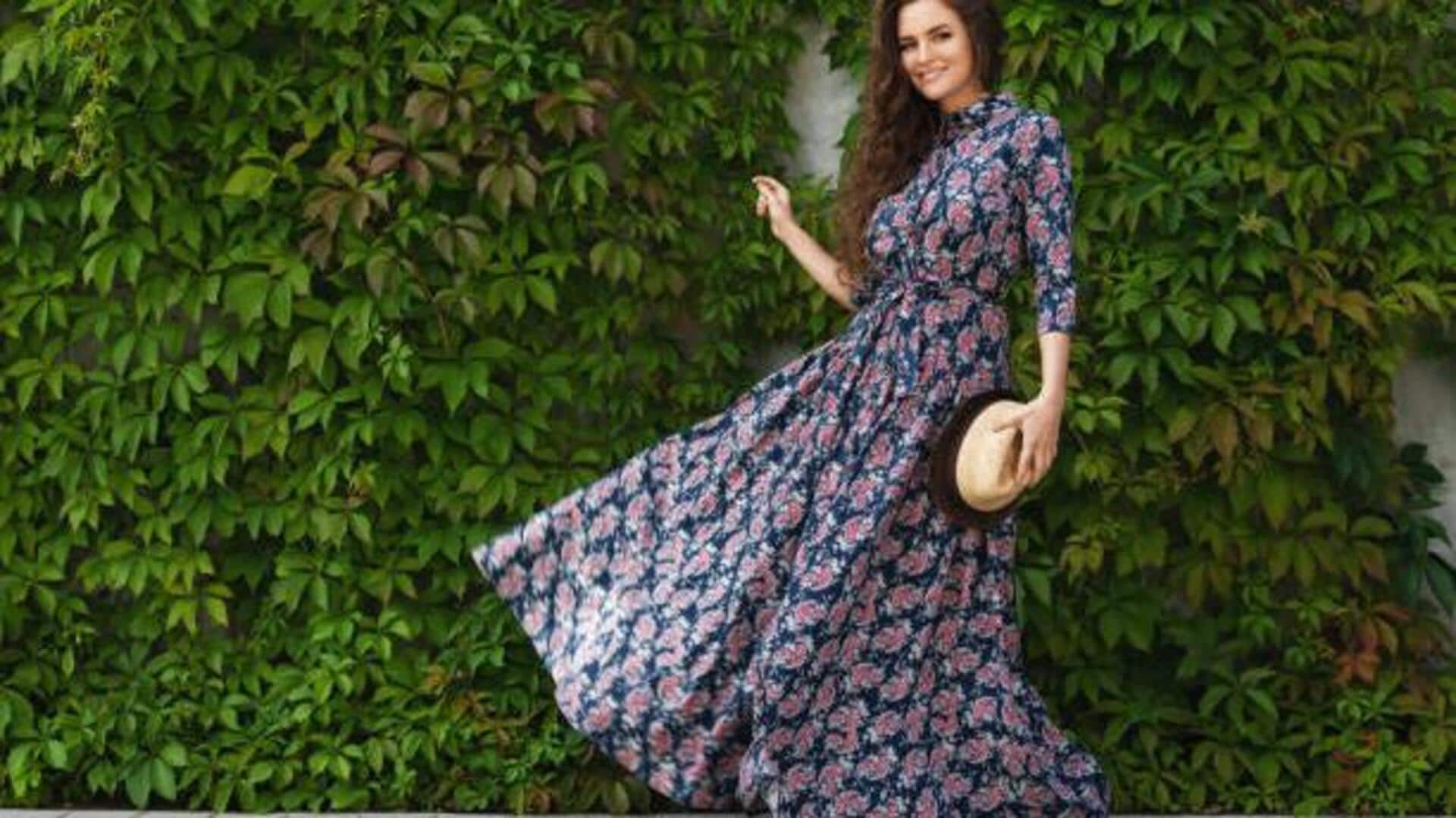Understanding Basic Styles
At the foundation of any stylish wardrobe lies a solid understanding of basic style categories. These fundamental styles provide a framework for building
your personal aesthetic. Consider classic styles like the timeless preppy look, characterized by clean lines, tailored pieces, and a focus on quality fabrics. Then, there is the effortlessly chic minimalist style, which centers around simple, well-made garments in neutral tones. Similarly, the bohemian style embraces a free-spirited aesthetic, incorporating flowing fabrics, natural textures, and eclectic prints. Each style carries its own unique characteristics, influencing the overall impression a person makes. Experimenting with these foundations allows you to determine what styles most resonate with your personality and lifestyle. Building upon these core styles will set a strong base for your wardrobe, enabling you to mix and match pieces that reflect your individual preferences.
Color and Its Impact
Color plays a crucial role in fashion, capable of drastically altering the look and feel of an outfit. Learning about color theory is the first step towards making informed clothing decisions. Understanding the color wheel helps to recognize color harmonies. Complementary colors, which sit opposite each other on the wheel (like blue and orange), create a bold, eye-catching effect. Analogous colors, those next to each other (such as blue and green), offer a more subtle, cohesive look. Neutral colors (black, white, gray, and beige) are versatile and can be paired with almost any color. Furthermore, the right color selection can influence the perception of the wearer. Light and bright colors often project a sense of approachability, while darker colors can convey sophistication or formality. Understanding these principles allows one to intentionally use color to express themselves and the desired overall appearance.
Silhouettes and Fit
The silhouette of your clothing directly influences how it appears on your body. Understanding various silhouettes empowers you to select pieces that complement your form. Common silhouettes include A-line, which is fitted at the shoulders and gradually widens toward the hem, providing a balanced look for many body types. The empire silhouette, fitted just beneath the bust, creates a flowy, graceful effect. Shift dresses offer a relaxed, straight shape that is universally flattering. Selecting clothing that fits properly is essential for a polished appearance. This is especially important because ill-fitting clothing can detract from even the most stylish garments. Make sure that clothes fit well around the shoulders and that sleeves end at the correct length. Ensure that pants and skirts fit properly at the waist and that the length is suitable for your height and the style you're aiming for. Knowing the principles of silhouettes and fit ensures you can look your best.
Accessories and Details
Accessories are transformative in fashion, capable of elevating simple outfits into statement looks. They provide the perfect opportunity to express your individuality. Jewelry, in various forms like necklaces, earrings, bracelets, and rings, can add elegance or create a pop of color. Belts can be used to cinch the waist and define the silhouette, or be used simply to make a statement. Scarves can add warmth and visual interest, while hats can offer both style and functionality. Consider your footwear. Shoes can be statement pieces or can complement your outfit subtly. Handbags can be both stylish and practical, with size and design to match your needs. Details such as buttons, patterns, and embellishments contribute to a garment’s overall aesthetic. Paying attention to these details can enhance the overall look, ensuring the ensemble accurately reflects the wearer's style and personal touch.
Building a Wardrobe
Creating a well-rounded wardrobe starts with defining your needs, lifestyle, and personal preferences. Begin by assessing the clothes you have. Identify which items you wear regularly, those that no longer fit, and pieces that simply don't align with your style. Next, recognize the key pieces that you can incorporate into various outfits. A few well-fitting basics, such as a tailored blazer, a white button-down shirt, well-fitting jeans, and a neutral-colored sweater, form a strong foundation. Include items that represent your style personality, such as statement pieces and clothing that complements your figure. Don't be afraid to seek inspiration from fashion magazines, blogs, or social media, but tailor these influences to your personal style. By focusing on quality over quantity, building a wardrobe that will last longer is more achievable. Ultimately, your wardrobe should reflect your personality and empower you to feel confident and stylish in any situation.
Embracing Trends and Styles
Fashion constantly evolves, with new trends emerging while others fade. Understanding how to integrate trends without losing sight of your personal style is a critical skill. Keep informed about current fashion trends by reading magazines, following fashion influencers on social media, or browsing fashion websites. However, don't be obliged to embrace every trend. Select those that resonate with your personal style and make you feel comfortable. Sometimes, a trend can be incorporated through a single piece such as a trendy accessory, or a small item of clothing. A more conservative approach might involve adding a single trend-driven item. Always remember that trends are guidelines, not rules. True style is expressed when you wear the clothing, and it makes you feel confident and expresses who you are. Focusing on what suits your body type and reflects your lifestyle is key to personal style.


